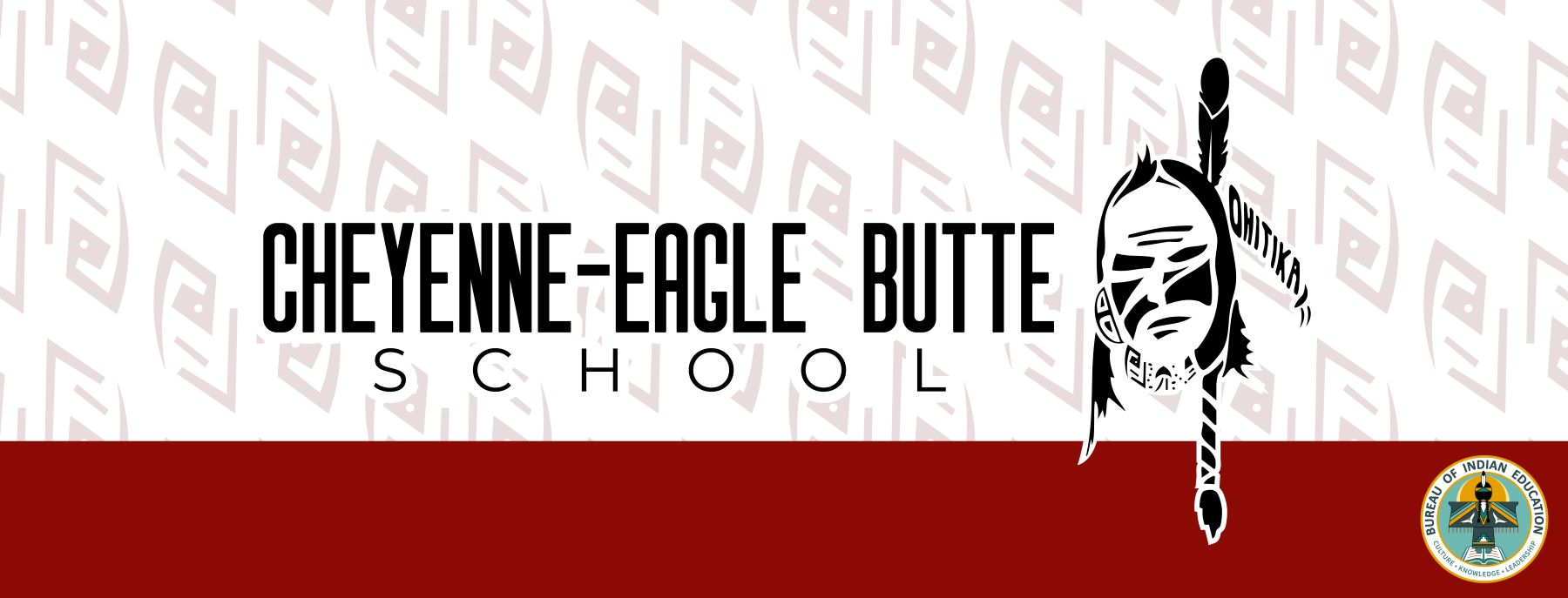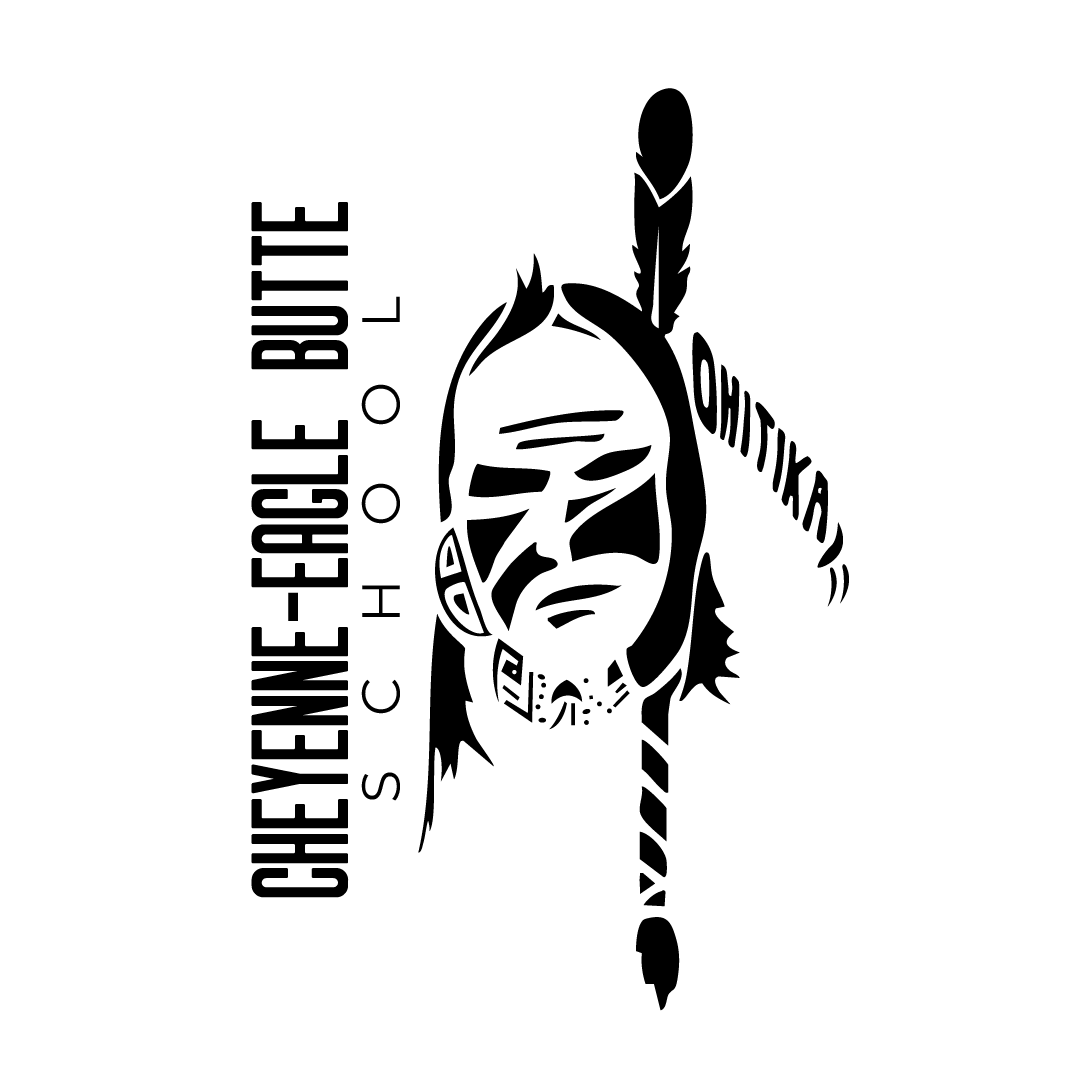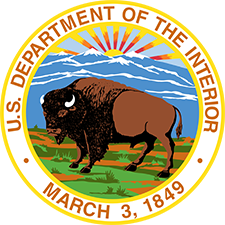Our History

Establishment and Growth of Cheyenne-Eagle Butte School
Cheyenne-Eagle Butte School has a unique history reflects the resilience, adaptation, and commitment to education within the Cheyenne River Sioux Reservation. Established in 1959 through the merger of Cheyenne River Boarding School and Eagle Butte Public School, the institution was created to serve the growing educational needs of Native students in South Dakota. The school is in Eagle Butte, South Dakota, at the heart of the Cheyenne River Sioux Reservation, home to the Cheyenne River Lakota Nation.
Before this merger, the Cheyenne River Boarding School operated under the federal government’s Indian education system, while Eagle Butte Public School was a community-based institution. The integration of these two schools marked a significant shift in the approach to Native American education, blending government and public school models to provide a more comprehensive academic experience.
Cheyenne-Eagle Butte School operates in cooperation with the Bureau of Indian Education, with shared responsibilities in administration and funding. This partnership has allowed the school to evolve, balancing state educational requirements with a curriculum that honors Lakota traditions and values.
Over time, the school expanded its facilities and programs to accommodate a growing student population. Today, Cheyenne-Eagle Butte School is one of the largest schools in the region, covering an area of 1,646 square miles and enrolling approximately 1,147 students from kindergarten through grade 12. The school continues to serve as a beacon of education for Native youth, emphasizing cultural preservation, academic excellence, and community involvement.
The Learning Environment at Cheyenne-Eagle Butte School
From its early years as a boarding school to its present-day model as a comprehensive learning environment for kindergarten through grade 12 students, Cheyenne-Eagle Butte School has continually adapted its educational program to meet the needs of Native students. The school strongly emphasizes Lakota culture and values, ensuring that students receive a quality education and a deep understanding of their heritage.
The school’s curriculum has evolved significantly over the decades. In its early years, education focused on basic literacy, vocational training and assimilation policies. However, as Native communities reclaimed control over their education, the school transitioned to an inclusive and culturally responsive approach.
Today, students at Cheyenne-Eagle Butte School receive instruction in core subjects such as mathematics, science, English, and social studies alongside courses that celebrate the Lakota language, history, and traditions. The school also integrates the Seven Lakota Values into daily learning, reinforcing the importance of:
- Woc’ekiya (Spirituality)
- Wa o’hola (Respect)
- Wa on’sila (Caring and Compassion)
- Wowicake (Honesty and Truth)
- Wawokiye (Generosity and Helping)
- Wah’wala (Humility)
- Woksape (Wisdom)One of the school’s key strengths is its Residential Life Program, which provides a nurturing and structured environment where students can live, learn, and grow. This program helps students develop life skills, social abilities, and academic confidence while guided by the Seven Lakota Values.
- Through this values-driven approach, Cheyenne-Eagle Butte School promotes mutual respect, community engagement, and personal growth, ensuring students graduate with a strong sense of identity and purpose.
A Diverse Native American Community
Cheyenne-Eagle Butte School serves a student body that is 98% Native American, making it one of the most culturally rich educational institutions in the country. While the school is primarily located within the Cheyenne River Sioux Reservation, its student population represents over 75 tribes across the United States.
This diversity is a defining feature of the school, creating an environment where students can share traditions, languages, and histories from different Indigenous communities. The school encourages intertribal exchange, allowing students to learn from one another while maintaining pride in their own tribal identities.
The Cheyenne River Sioux Tribe, also known as the Cheyenne River Lakota Nation, consists of four bands of the Teton Lakota:
- Mnicoujou (Planters by the Water)
- Oohenumpa (Two Kettles)
- Itazipco (Without Bows or Sans Arc)
- Siha Sapa (Blackfoot Lakota)
The Lakota people have a deep connection to their land, traditions, and spiritual beliefs. Cheyenne-Eagle Butte School plays a crucial role in preserving and passing down these cultural elements to future generations. Through language classes, traditional storytelling, and cultural ceremonies, students remain connected to their roots while preparing for academic and professional success.
One of the school’s most important missions is to prepare students to become leaders who can give back to their families and tribal communities. With a strong sense of identity and self-determination, Cheyenne-Eagle Butte School students honor their heritage while embracing the opportunities in the modern world.
Connections to Other Tribes and School Communities
Cheyenne-Eagle Butte School is more than just a school—it is a hub for Native education, cultural preservation, and intertribal collaboration. The school’s connections to other tribes, educational institutions, and Native organizations create a vast network of support for students, faculty, and alumni.
Because the school enrolls students from over 75 different tribal nations, it fosters strong relationships with other Native communities across the country. Many students bring knowledge and traditions from their respective tribes, enriching the school’s cultural environment and promoting mutual understanding.
Cheyenne-Eagle Butte School maintains close partnerships with the Bureau of Indian Affairs (BIA) and other Native-led education initiatives. Through these collaborations, the school has secured resources, funding, and curriculum support that benefit both students and the broader community.
Additionally, the school works with universities, colleges, and vocational training programs to ensure students have opportunities beyond high school. By creating pathways to higher education, Cheyenne-Eagle Butte School helps students transition to careers that contribute to their tribes, communities, and the wider world.
The school also participates in regional and national events, including:
- Lakota language preservation programs
- Intertribal youth conferences
- Sports competitions and cultural exchanges
- Native American college and career fairs
These connections help students build support networks, ensuring that they feel confident and well-prepared to take the next steps in their educational and professional journeys.
Conclusion
Cheyenne-Eagle Butte School’s mission is clear: to honor the children so that they will honor themselves. Through a commitment to academic excellence, cultural preservation, and community empowerment, the school remains a center of learning and leadership for Native students across the nation.
As the school moves forward, it stays committed to educating future generations in a way that upholds Lakota traditions while preparing students for success in an ever-evolving world. By cultivating pride, resilience, and knowledge, Cheyenne-Eagle Butte School supports students in graduating as scholars and strong, capable leaders prepared to serve their families, tribes, and communities.



